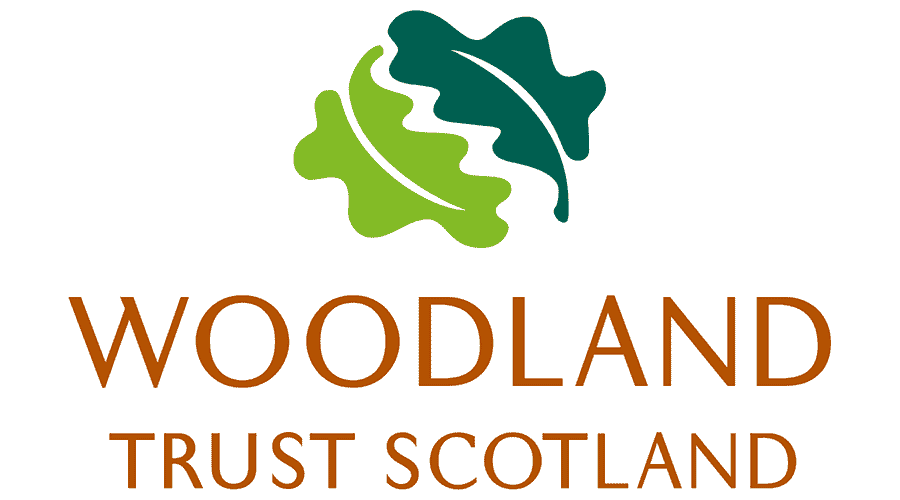Ancient Woodlands are lands that have been continually wooded since at least 1750. Our native ancient woodlands are some of the most valuable and biodiverse habitats in Scotland, partly because there is such a diverse range of native woodland types, including riverbank and wetland woods, temperate rainforest, Caledonian pinewoods, gorge woodlands, mountain woodlands, wood pasture and ancient trees that are complex ecosystems in themselves. Much of this woodland contains other important ecosystems: wetland, peatland, watercourses, open water, species-rich grassland and tall herb communities, often combined in rich and diverse mosaics. Ancient woodland in and around our towns and cities provides valued green space close to Scotland’s population centres. Collectively, our native woods are home to a remarkable and rich array of plants, mammals, insects and fungi whose complexity and value we are still discovering.
Action Needed
- Reduce deer populations across Scotland to sustainable levels.
- Focus new woodland creation on extending and connecting existing ancient woodland.
- Incentivise the restoration and management of ancient woodland.
- Restore Plantation on Ancient Woodland Sites (PAWS).
- Control Invasive Non-Native Species (INNS), including Rhododendron ponticum.
- Increase the availability of local provenance trees and reduce the risk of importing new pests and diseases.
- Stop ancient woodland loss to new development and infrastructure.
Threats
- Overgrazing by deer and other herbivores
- Invasive Non-Native Species (INNS), such as Rhododendron ponticum
- Pests and diseases – including those imported with young trees, plants and timber from overseas
- Inappropriate development of infrastructure
MSP Nature Champion




